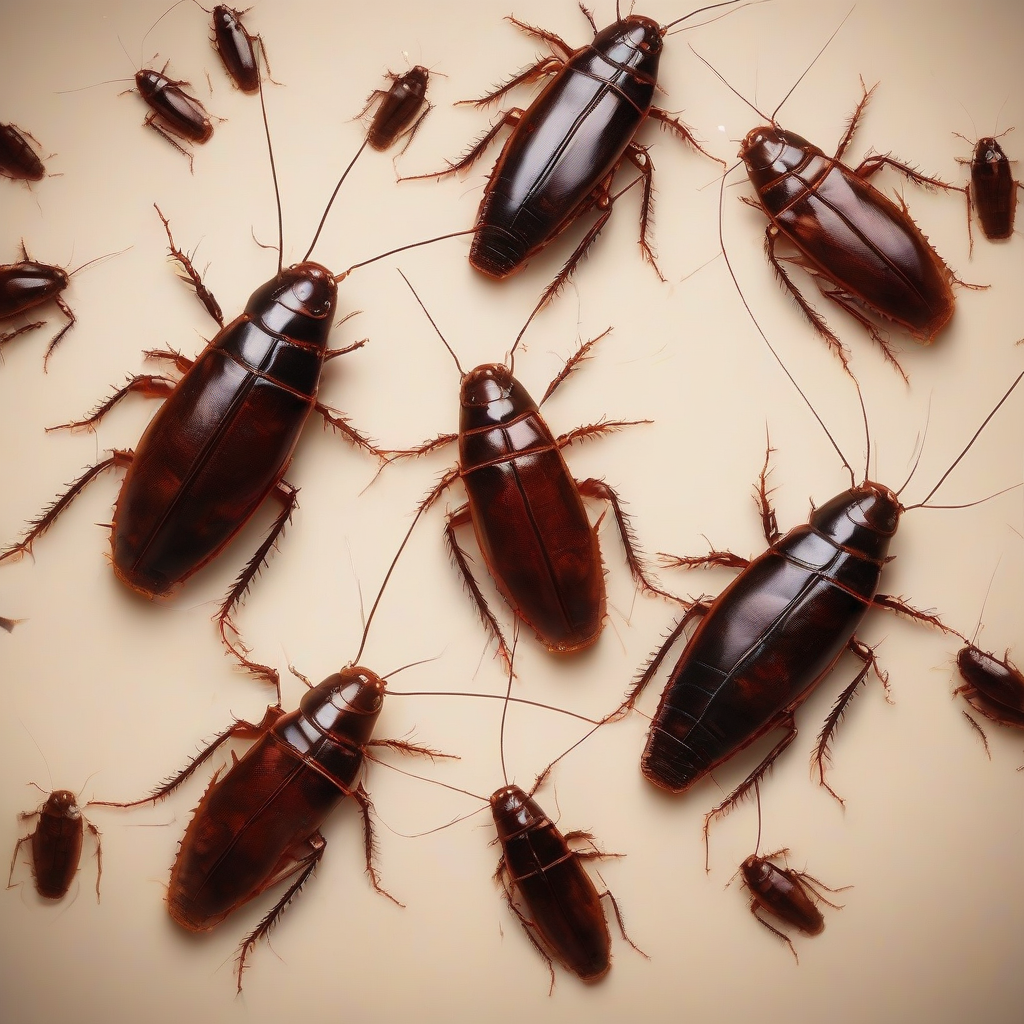Conquering the Cockroach Infestation: A Comprehensive Guide to Effective Pest Control
Cockroaches are among the most resilient and adaptable pests globally, thriving in diverse environments and posing significant health risks. Effective cockroach pest control requires a multi-pronged approach, combining preventative measures with targeted treatments. This comprehensive guide delves into the intricacies of cockroach biology, identification, and control, equipping you with the knowledge to effectively manage and eliminate these unwelcome guests from your home or business.
Understanding Cockroaches: Biology and Behavior
Understanding cockroach biology is crucial for effective control. Different species exhibit varying habits and preferences, influencing the choice of control strategies. Common species include German cockroaches (Blattella germanica), American cockroaches (Periplaneta americana), and Oriental cockroaches (Blatta orientalis). Each species has unique characteristics concerning size, color, habitat preference, and reproductive rate.
- German Cockroaches: Small, light brown, and prolific breeders, often found in kitchens and bathrooms.
- American Cockroaches: Large, reddish-brown, and prefer warmer, damp environments like sewers and basements.
- Oriental Cockroaches: Dark brown or black, slower-moving, and commonly found in damp areas.
Cockroaches are nocturnal insects, hiding during the day and emerging at night to feed. They are omnivorous, consuming a wide range of organic matter, including food scraps, decaying materials, and even paper and fabrics. Their ability to reproduce rapidly contributes to their rapid infestation potential. A female cockroach can produce multiple egg cases (oothecae) during her lifetime, each containing numerous eggs. Their ability to survive in harsh conditions, including starvation and dehydration, further complicates control efforts.
Identifying a Cockroach Infestation
Early detection is crucial for preventing a full-blown infestation. Signs of cockroach activity include:
- Sightings of live cockroaches: Seeing even a few cockroaches indicates a potential problem.
- Droppings: Cockroach droppings resemble small, dark specks.
- Egg casings (oothecae): These are dark brown or reddish-brown capsules containing eggs.
- Smear marks: Cockroaches leave greasy, dark streaks along walls and floors.
- Unpleasant odor: A musty odor can indicate a large infestation.
Preventative Measures: Keeping Cockroaches Out
Preventative measures are the first line of defense against cockroach infestations. These measures focus on eliminating cockroach attractants and creating an inhospitable environment.
- Sanitation: Regular cleaning is paramount. Clean up food spills immediately, store food in airtight containers, and empty trash regularly.
- Water Control: Cockroaches need water to survive. Repair leaky pipes and faucets, and ensure proper ventilation in damp areas.
- Sealing Entry Points: Caulk cracks and crevices in walls, floors, and around pipes to prevent cockroaches from entering.
- Decluttering: Reduce clutter to eliminate hiding places for cockroaches.
- Proper Food Storage: Store food in sealed containers, and clean up crumbs and spills promptly.
Cockroach Control Methods: Chemical and Non-Chemical
Once an infestation is identified, appropriate control methods must be implemented. These methods range from non-chemical strategies to targeted chemical treatments.
Non-Chemical Control Methods
- Traps: Glue traps and bait stations can be effective in monitoring and controlling smaller infestations. They provide a means to assess the extent of the problem and potentially capture some cockroaches.
- Diatomaceous Earth: A non-toxic powder that dehydrates and kills cockroaches.
- Boric Acid: A naturally occurring insecticide that can be used as a powder or in bait stations. Use caution as it can be toxic to pets if ingested.
Chemical Control Methods
Chemical control methods are often necessary for larger infestations. Always follow label instructions carefully and use appropriate personal protective equipment.
- Insecticides: Various insecticides are available for cockroach control, including sprays, dusts, and baits. Choose products specifically labeled for cockroach control.
- Professional Pest Control: For large or persistent infestations, professional pest control services are recommended. Professionals have access to more potent insecticides and can identify the species of cockroach and implement effective treatment strategies.
Choosing the Right Cockroach Control Strategy
The optimal cockroach control strategy depends on several factors, including the severity of the infestation, the species of cockroach involved, the environment, and the presence of children or pets. For minor infestations, non-chemical methods might suffice. However, larger or persistent infestations usually require professional intervention.
- Assess the Infestation: Carefully inspect your home or business to determine the extent of the problem.
- Identify the Species: Knowing the species of cockroach will help in choosing the most effective control method.
- Consider Environmental Factors: The environment plays a crucial role in cockroach survival and reproduction.
- Choose Appropriate Methods: Select control methods that are safe for occupants and the environment.
- Monitor and Evaluate: Regular monitoring is crucial to assess the effectiveness of the chosen methods.
Long-Term Cockroach Prevention
Even after successfully eliminating a cockroach infestation, maintaining preventative measures is crucial to prevent future infestations. This includes consistent cleaning, regular inspections, and prompt addressing of any potential problems.
- Regular Cleaning: Continue to maintain a clean environment, paying close attention to kitchens and bathrooms.
- Periodic Inspections: Regularly inspect your home or business for signs of cockroach activity.
- Prompt Action: Address any signs of cockroach activity immediately to prevent a resurgence.
- Professional Maintenance: Consider scheduling annual professional pest control inspections.
Health Risks Associated with Cockroaches
Cockroaches pose significant health risks. They can trigger allergic reactions, carry various pathogens, and contaminate food and surfaces.
- Allergies: Cockroach droppings and body parts can trigger allergic reactions, especially in individuals with asthma.
- Disease Transmission: Cockroaches can carry various pathogens, including bacteria, viruses, and parasites, which can cause diseases such as salmonellosis, typhoid fever, and dysentery.
- Food Contamination: Cockroaches contaminate food and surfaces by crawling on them and leaving behind droppings and other waste products.
Conclusion (Omitted as per instructions)

